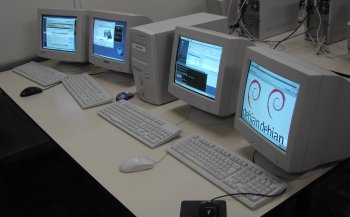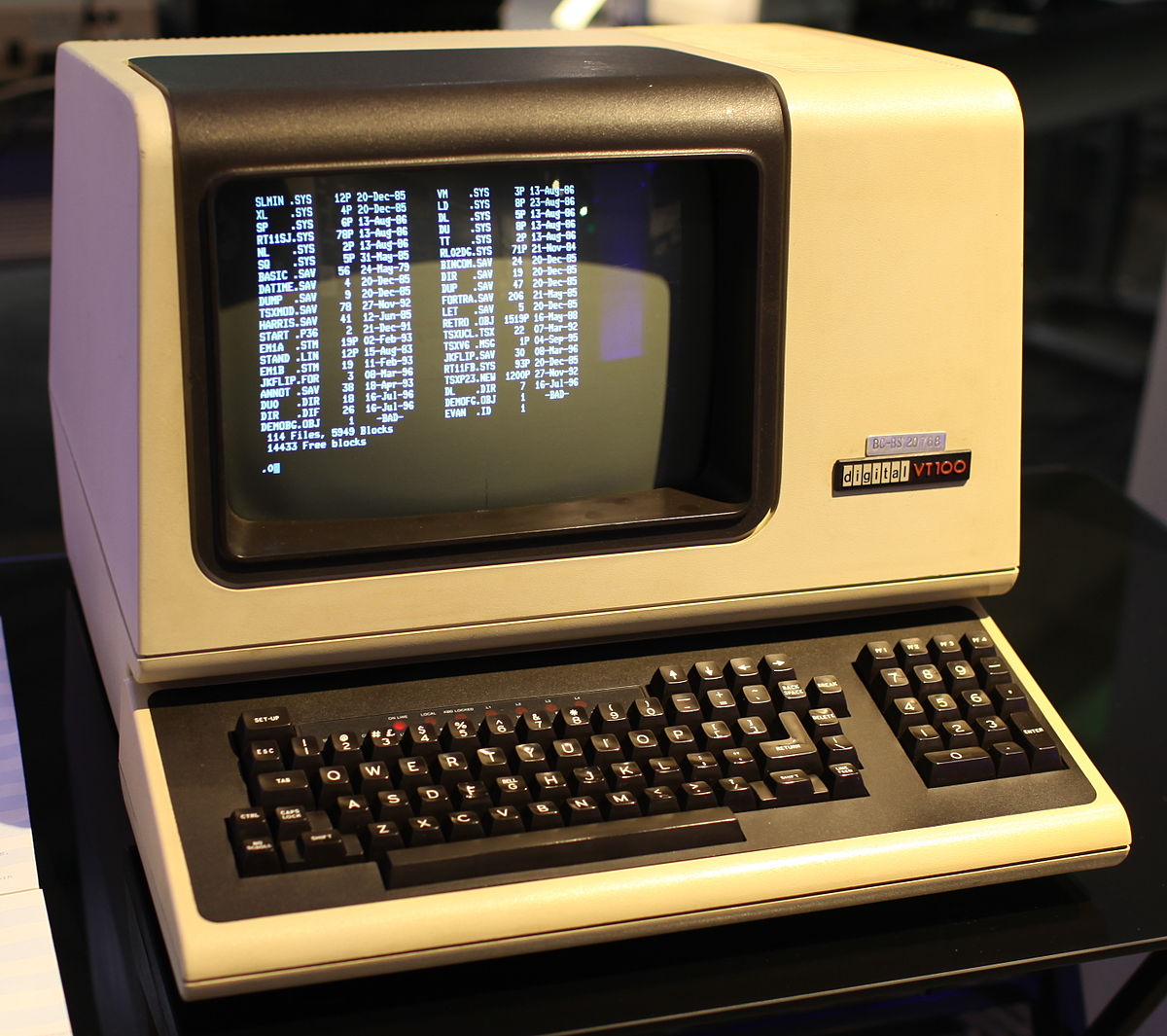Phoronix: Systemd Gets Generic Multi-Session, Session Devices
The logind component of systemd now has support for "session devices" and generic multi-session handling as part of the work done by CONFIG_VT-killer David Herrmann...
The logind component of systemd now has support for "session devices" and generic multi-session handling as part of the work done by CONFIG_VT-killer David Herrmann...








Comment